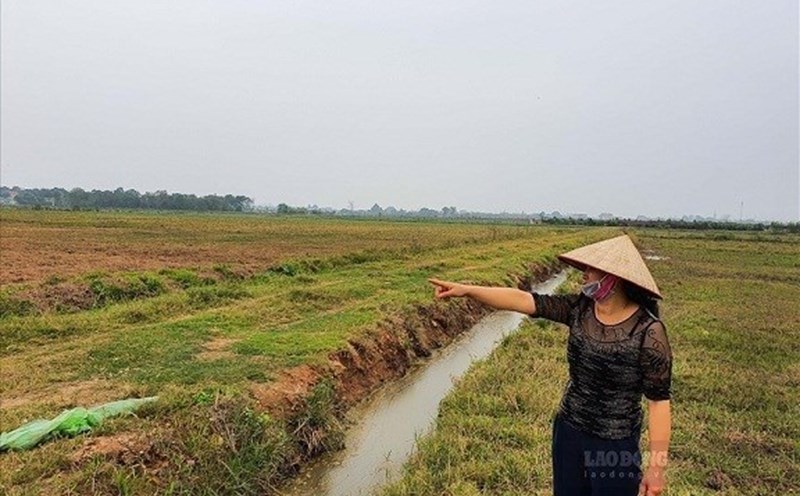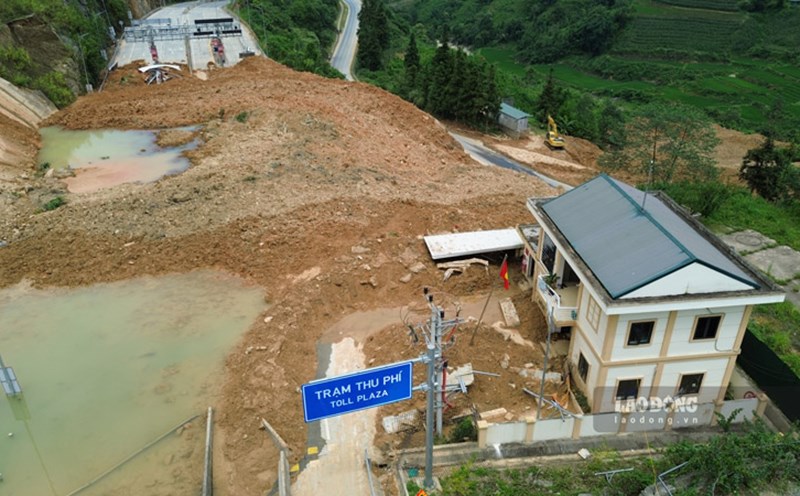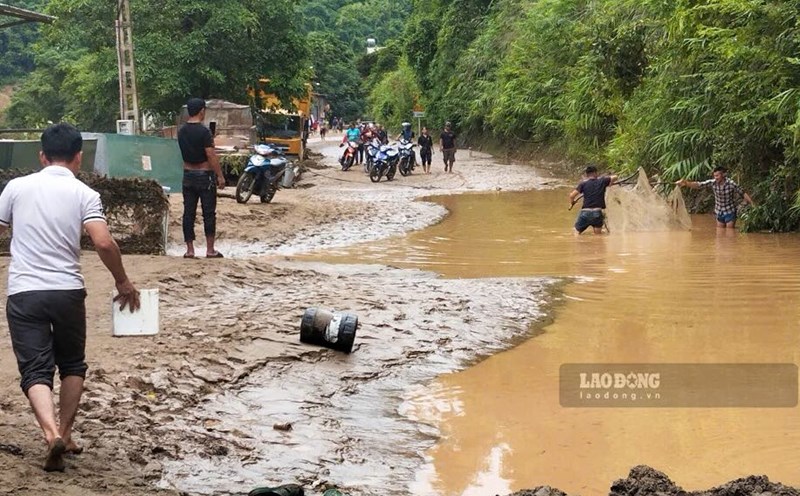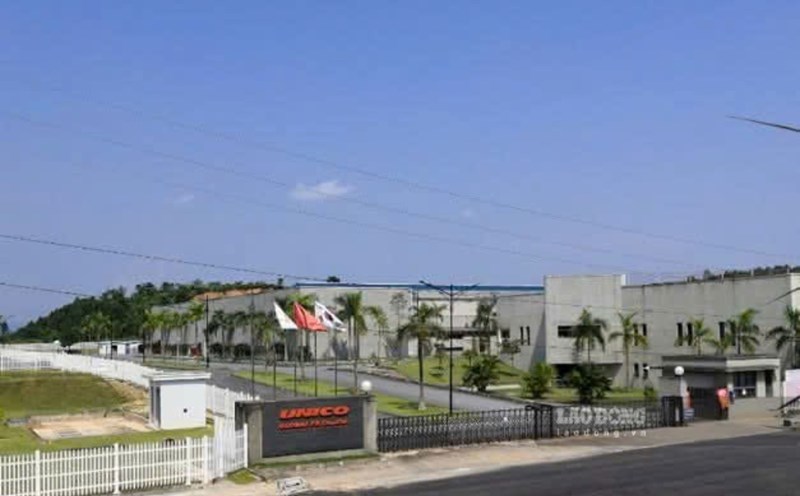From August 1, 2024, the 2024 Land Law officially took effect, marking an important change in the approach to agricultural land use rights.
Accordingly, land users are allowed to use the land for multiple purposes without having to go through procedures to change the land use purpose, the condition is not to change the main land use purpose.
This regulation is clearly stated in Clause 3, Article 12 of the Law: Land users are allowed to use land for a combination of many purposes according to planning, land use plans and relevant legal provisions.
In case of using land for multiple purposes but not changing the land use purpose according to the provisions of Article 11 of this Law, there is no need to carry out procedures for changing the land use purpose".

Legally, Article 11 determines the purpose of land use based on the assigned land group, including agricultural land, non-agricultural land and unused land.
If people use perennial land to combine with agricultural experience activities, install greenhouses for growing organic vegetables, aquaculture combined with tourism... without switching to non-agricultural purposes, there is no need to go through conversion procedures.
This is understood as people, cooperatives or businesses can exploit additional value from the agricultural land in use, provided that the main purpose of which is agricultural land is still maintained. This is an important change compared to the 2013 Land Law, when combined use often requires complicated administrative procedures to change the purpose, although most of the area remains the same.
The new policy opens up significant opportunities for comprehensive economic models in rural areas, such as farms combined with experiential tourism, production combined with education, or high-tech agricultural models with ancillary services.
This regulation demonstrates the spirit of openness of the law, helping to save time and costs for land users, while promoting creativity in production development.
However, this expansion also requires people to understand correctly and comply with regulations. If land is used for completely different purposes such as building restaurants, hotels, large resorts, that is, changing the nature of land use from agricultural to non-agricultural, then it is still necessary to carry out procedures for changing the purpose.
In case of non-compliance, land users may be handled for administrative violations, or even have their land revoked according to the provisions of Article 221 of the Law.
The new law encourages effective land use but does not loosen management. Using combined must still comply with local planning and land use plans, not build illegal constructions and must ensure the safety of production land. This is a key point to avoid turning them into disguised "rural urbanization" models.
Allowing flexible land use is a necessary step in the context of agriculture facing many challenges such as climate change, high input costs and digital transformation requirements. But flexibility must go with understanding the law.
Agricultural land users need to clearly understand the limits between "combining" and "changing purposes" so as not to cross the legal boundary.











